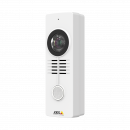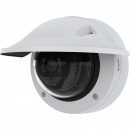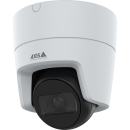
Improving safety at detention center with video intercoms
An Axis network video intercom system is greatly expanding the security coverage at District VI Juvenile Detention Center with combined video and audio surveillance, creating a much safer environment for both staff and the young detainees.
The staff at District VI Juvenile Detention Center in Bannock County, Idaho, are doing their jobs more effectively and with heightened safety since their new network video intercom system was installed at the 16-cell facility. Not only does the system protect the staff, it also provides a secure, safe environment for the 12- to 17-year old detainees who are placed in the detention center’s care by the courts.
Before the upgrade, the detention center was saddled with an aging, audio-only intercom system that used programmable logic controller (PLC) technology. The intercoms were doing a poor job helping staff supervise the residents because they lacked video and the hardware itself was failing.
“It was a simple intercom system with no video, put in place in 1993 when the facility was built. About every 10 years it had to be upgraded, but we got to a point where we just couldn’t get replacement parts so we couldn’t keep the system running. There were intercoms in every room, but the buttons didn’t work, it was difficult to hear the audio, and the main master controller couldn’t adequately handle the job,” describes Seth Scott, director of District VI Juvenile Detention Center.
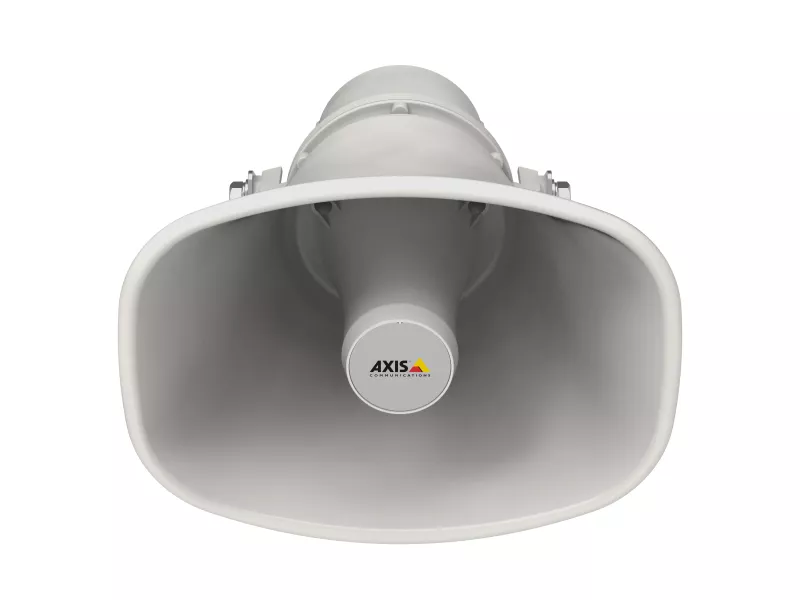
Systems integrator Pro Edge Technology, LLC proposed replacing the antiquated system with network video intercoms from Axis Communications. Pro Edge had done security installations at other sites in Bannock County, including a network video surveillance system in the detention center’s common areas several years earlier. That 37-camera system — comprised of AXIS P32 Network Dome Cameras and multisensor AXIS P38 Network Panoramic Cameras — was still operational, but it wasn’t integrated with the old intercom system and there was no coverage of any of the cells.
“We trusted Pro Edge Technology and had first-hand knowledge of the quality products provided by Axis. The possibility of adding video to our entry control was very intriguing to us,” Scott says of the proposed new video intercom system that now covers all the residents’ cells with the intercoms units’ wide-angle fisheye lenses.
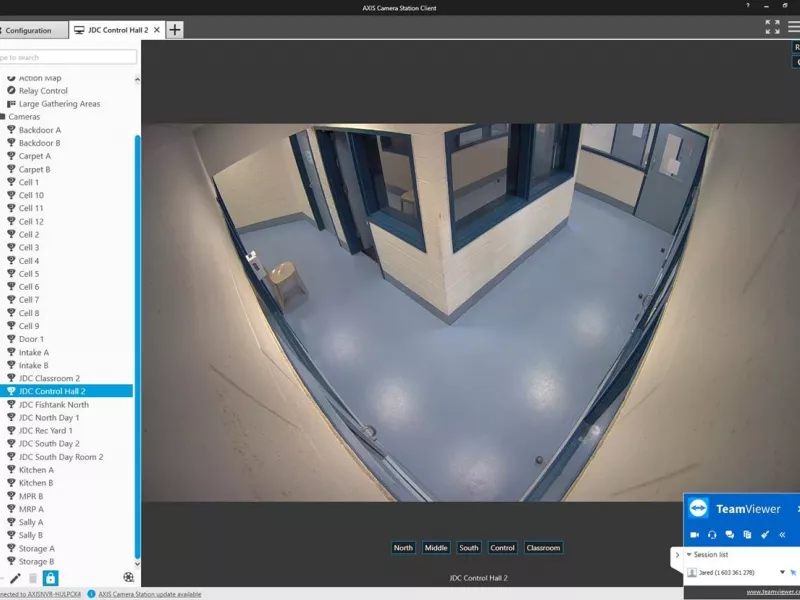
In its system design, Pro Edge Technology was mindful of the detention center’s security and safety risks. One serious threat is the potential for juvenile residents to harm either themselves, another juvenile, or a staff member. In addition, Scott says, “Video evidence allows us to review interactions between staff and juveniles. It helps us verify if proper response was carried out by staff and provides evidence that we can use to prosecute juveniles who have assaulted others.”
Creative solution surmounts building challenges
Jared Roper, owner of Pro Edge Technology, also had to consider how the detention center’s building materials would impact the system installation. Because the facility is constructed of concrete and solid cinder blocks, Roper and Mike Dearing, sales manager, were creative in their approach to connecting all of the Axis products despite the challenges of getting wiring through solid walls.
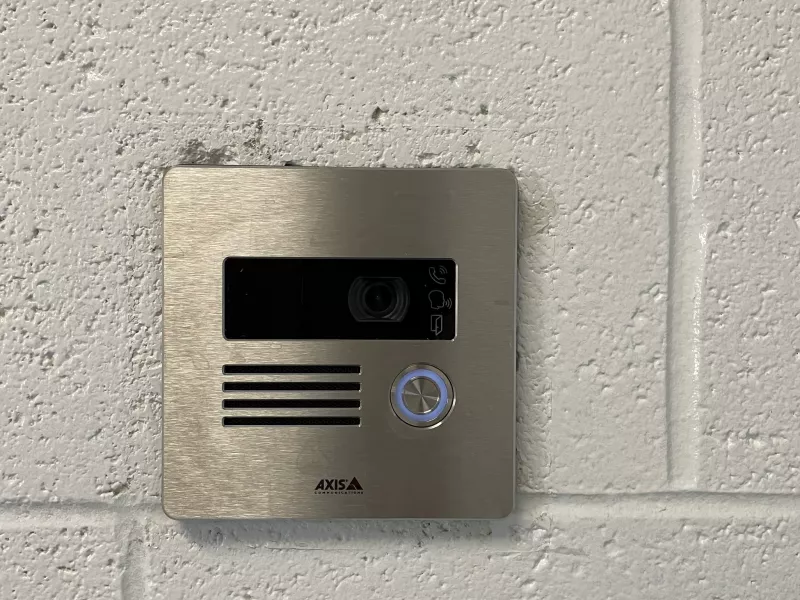
The new system consists of 30 Axis network video intercoms. They are installed in 12 of the living units or cells, the classroom, the multi-purpose room, the sally port, and outdoors at two rear entrances and in the recreation yard.
In the day rooms and the recreation yard, because there were already cameras installed as part of the previous installation, Pro Edge Technology decided to install Axis network horn speakers to add audio functionality. “Due to the concrete and the walls, we were able to just install the IP speaker and associate it to the existing camera and give them that view without having to cut walls open,” Roper describes. Because the ambient noise level is high in these areas, the horn speakers provide a higher volume level than an intercom could, which gets the attention of occupants.
On the backend of the system, the integrator used five Axis network I/O relay modules, which each support eight inputs/outputs. The solution was conceived because the building construction materials offered no viable conduit path to run wiring from the locksets and strikes at the doors to the nearest intercom units. In the old system, the conduit for the intercoms went to the control room and the conduit for the locksets and strikes also went to the control room, but in a separate configuration.
Video from our Axis intercoms allow us to review interactions between staff and juveniles. It helps us verify if proper response was carried out by staff and provides evidence that we can use to prosecute individuals who have assaulted others.
“The old PLC system had a mapped ‘floor plan’ of the system and we made action rules and action buttons within the new system to mimic the old PLC system as much as possible,” Roper describes.
The network relay modules also control lighting and shut off water valves. Lights can be switched off throughout the detention center to signal bedtime. Or they can be switched on for safe exit during one of the detention center’s monthly fire drills, explains Jessica Whitehead, weekday night shift supervisor. Water can be shut off to selected rooms in the event of a dangerous situation, such as flooding during an attempted riot or to prevent any contraband from being flushed away.
Management, integration, & controls
Another special feature of the design was moving the facility’s existing network cameras from the old video management system (VMS) to the new one for viewing-only purposes. This gives the staff one unified place — their control room in the center of the building — from which to view everything.
The new VMS is AXIS Camera Station Pro for video surveillance and access control. It lets detention center staff view live or continuously recorded video from the intercoms in each of the 16 cells. Now from the control room they can watch any camera, listen to a room, talk to someone in a room, and unlock doors. When residents press their call button, it alerts someone in the control room who answers the call using the VMS.
“You have an action button on the live view of the image from which you can open one or more doors. The action button trips the relay associated with that selected door — kind of like the PLC would do before, but now it’s a button on the live-view screen,” Roper describes of the custom programming his company did to accomplish that functionality.
Scott has access to the video feeds in his office for surveillance during a security issue or to keep an eye on any youth who may attempt self-harm. “This system has helped us complete our mission. With these intercom cameras — in addition to the 37 cameras that are part of the previously installed system — we literally have ‘eyes’ all over the place. The video quality is excellent,” Scott says. He likes being able to digitally zoom in on a person or a detail in a scene, and then pan around to see more.
“If someone attempts self-harm, we can see that occurring much more quickly than we would ever be able to do by conducting manual checks of each room at five-minute to 15-minute intervals. With this system, if we have somebody that we’re concerned about, we can watch them all the time, if necessary,” he says.
The Axis network video intercoms are well-suited for surveillance in complete darkness and demanding situations. The intercom cameras have IR night vision, 5 MP resolution, and 140-degree field of view.
The intercoms also have the highest rating (IK10) for protection against physical damage such as vandalism. The system has deterred some undesirable behavior, such as vandalism of cells, but not all. “We luckily have had only one time where we had anybody try to vandalize the camera, and when we told them that it was recorded and we would prosecute them, they promptly stopped,” Scott relates.
Absolute evidence sets the record straight
Reviewing recorded video — especially different views of incidents captured by multiple cameras — has been very valuable to the staff. “If there’s something that happens that isn’t in the presence of staff, having that intercom camera in there and being able to see what happened at what time helps us understand the situation and hold people accountable. It helps us do our jobs more effectively,” says Peter Flores, weekend night shift supervisor at the detention center.
The Axis network video intercoms are an ideal solution for the detention center because both the audio and the video have provide irrefutable evidence that helps staff — and in some instances, prosecutors — determine the facts of an incident. Since the system was installed, the detention center has had two incidents with residents in which evidence was sent to law enforcement and prosecutors. “The evidence is very obvious. They will be prosecuted most probably because of that video evidence,” says Scott.
The staff also feels they can do their jobs more efficiently because of the intercom system. “It has saved us a large amount of time having this system integrated with video and audio. This is a job that can be super high stress, and this takes a lot of stress off of the staff,” Scott says.
The system's most important function: safety
Most importantly, the video intercom system was designed to respect the juveniles’ privacy while protecting their safety. The technology works to their benefit by providing very clear and intelligible audio, high video resolution, and an expansive viewing angle of their activities. This empowers detention center staff to yield more effective responses when needed, which Scott says many of the residents appreciate.
We want the community to know that we are keeping the residents in our care as safe as possible. This system from Axis helps us be a lot more efficient and it really increases our overall security.
As a parent himself, Scott feels that if one of his children were incarcerated, he would want to know they were safe and secure. This is especially true because juvenile detainees often come with many problems, including violent behavior, drug use, mental health concerns, and notions of self-harm.
“We want the community to know that we are keeping the District VI Juvenile Detention Center residents in our care as safe as possible. This system from Axis helps us be a lot more efficient and it really increases the overall safety and security of both staff and residents.”
Products & solutions

